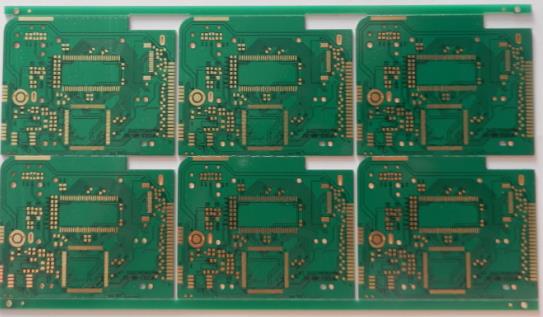As a professional PCB design factory, it must be strict with its own requirements. The following are some precautions for professional PCB design:
EMC problem
You should also pay attention to EMC suppression when laying out the board! ! This is very unsure, distributed capacitance exists at any time! !
How to ground!
PCB design originally has to consider many factors, and different environments need to consider different factors. In addition, I am not a PCB engineer and I am not experienced:)))
Ground division and tandem
Grounding is one of the important means to suppress electromagnetic interference and improve the EMC performance of electronic equipment. Correct grounding can not only improve the product's ability to suppress electromagnetic interference, but also reduce the product's external EMI emission.

The purpose of grounding
A. Safety considerations, that is, protective grounding;
B. Provide a stable zero potential reference point (signal ground or system ground) for the signal voltage;
C. The shield is grounded.
Basic grounding method
There are three basic grounding methods in electronic equipment: single-point grounding, multi-point grounding, and floating ground.
Single point grounding
Single-point grounding means that in the entire system, only one physical point is defined as the ground reference point, and all other points that need to be grounded are connected to this point.
Single-point grounding is suitable for circuits with lower frequencies (below 1MHZ). If the operating frequency of the system is so high that the operating wavelength is comparable to the length of the system grounding lead, single-point grounding is a problem. When the length of the ground wire is close to 1/4 wavelength, it is like a transmission line with a short-circuit terminal. The current and voltage of the ground wire are distributed in a standing wave, and the ground wire becomes a radiating antenna and cannot play the role of "ground". .
In order to reduce the ground impedance and avoid radiation, the length of the ground wire should be less than 1/20 wavelength. In the treatment of power circuits, single-point grounding can generally be considered. For PCBs with a large number of digital circuits, it is generally not recommended to use a single-point grounding method due to its rich high-order harmonics.
Multi-point grounding
Multi-point grounding means that each grounding point in the device is directly connected to the ground plane closest to it, so that the length of the grounding lead is the shortest.
The multi-point grounding circuit has a simple structure, and the high-frequency standing wave phenomenon that may appear on the grounding line is significantly reduced. It is suitable for occasions with higher operating frequencies (>10MHZ). However, multi-point grounding may cause many ground loops to form inside the device, thereby reducing the device's resistance to external electromagnetic fields.
As a PCB design factory engineer, we must pay attention to the above PCB productionmatters.